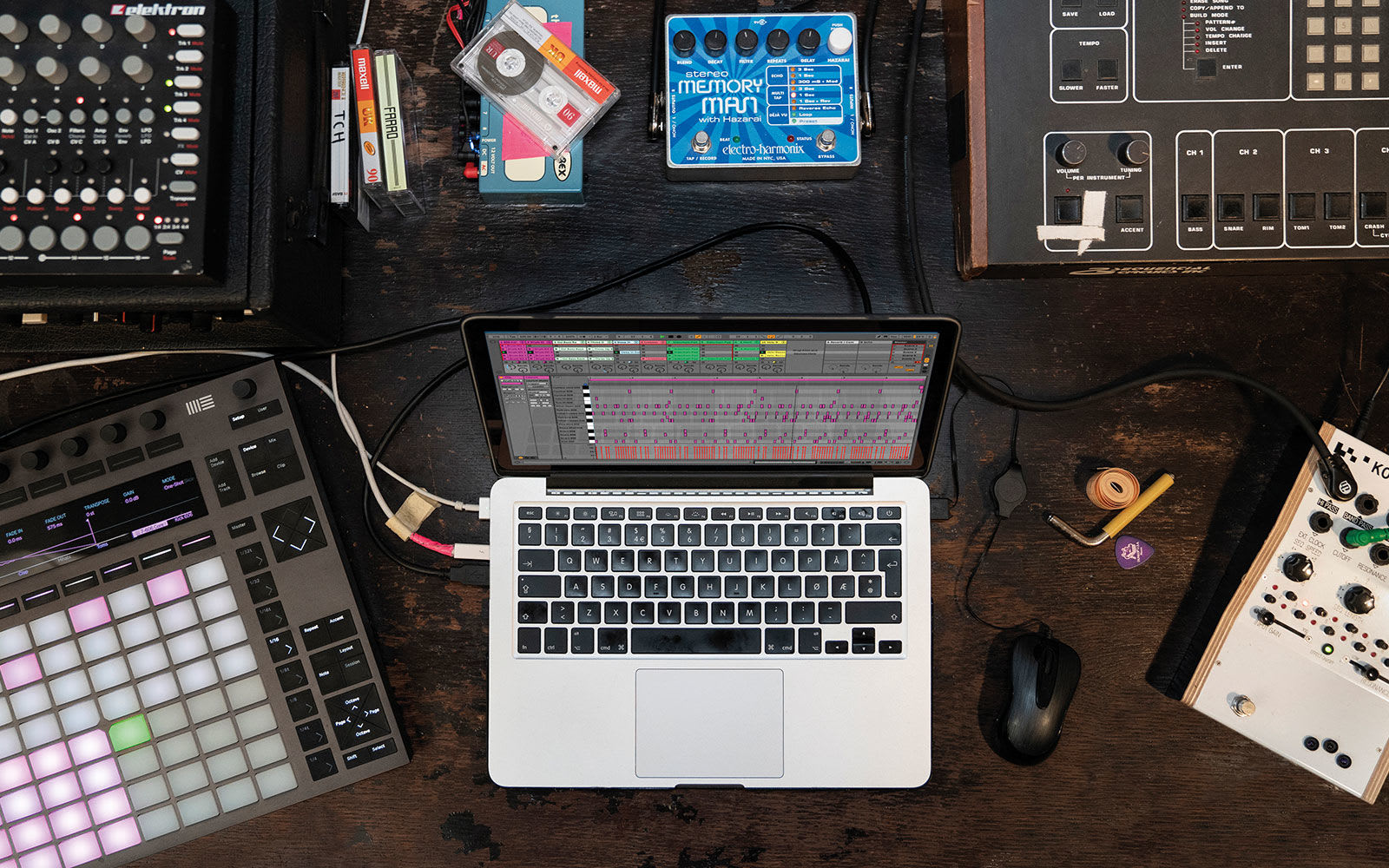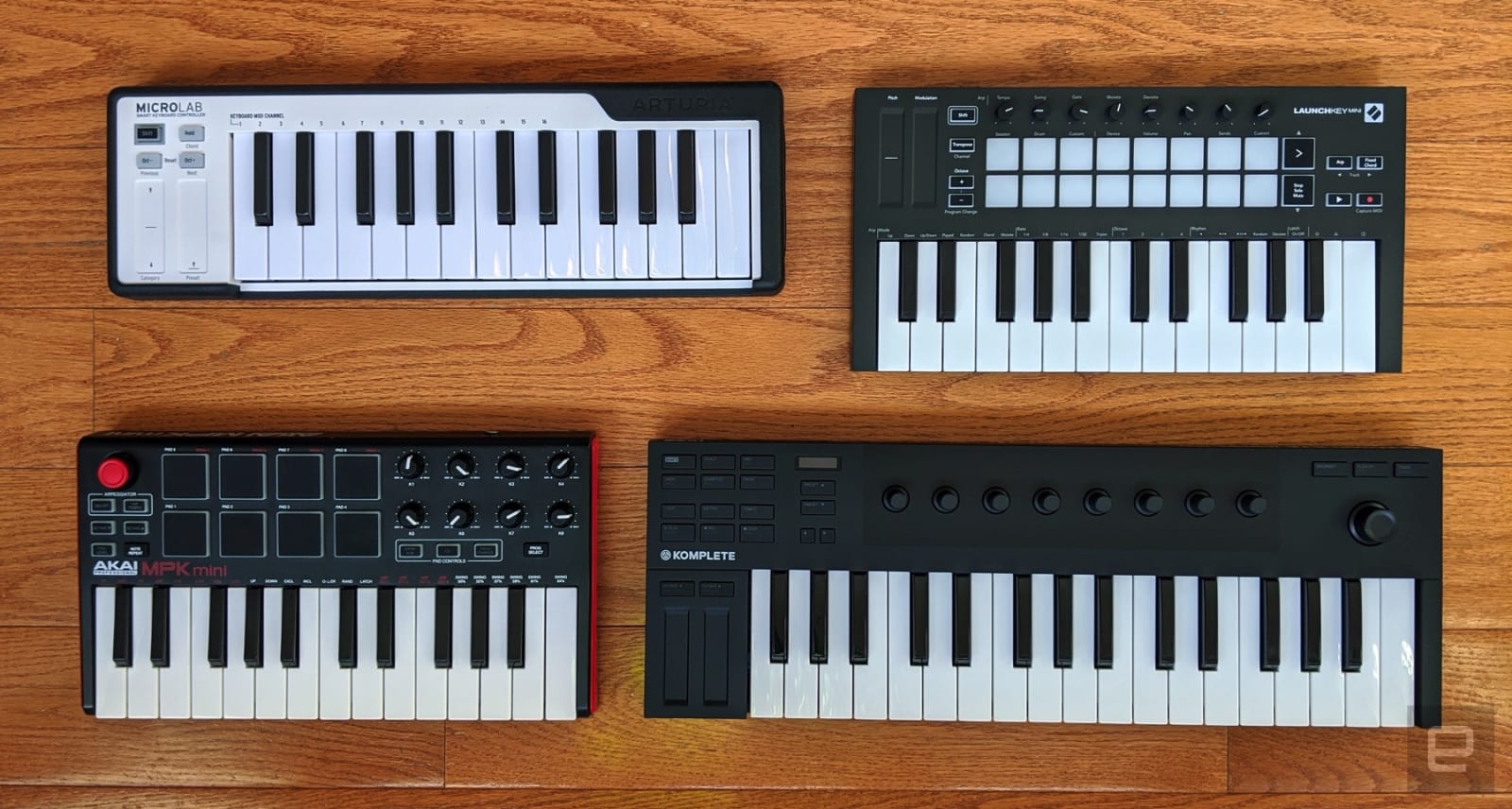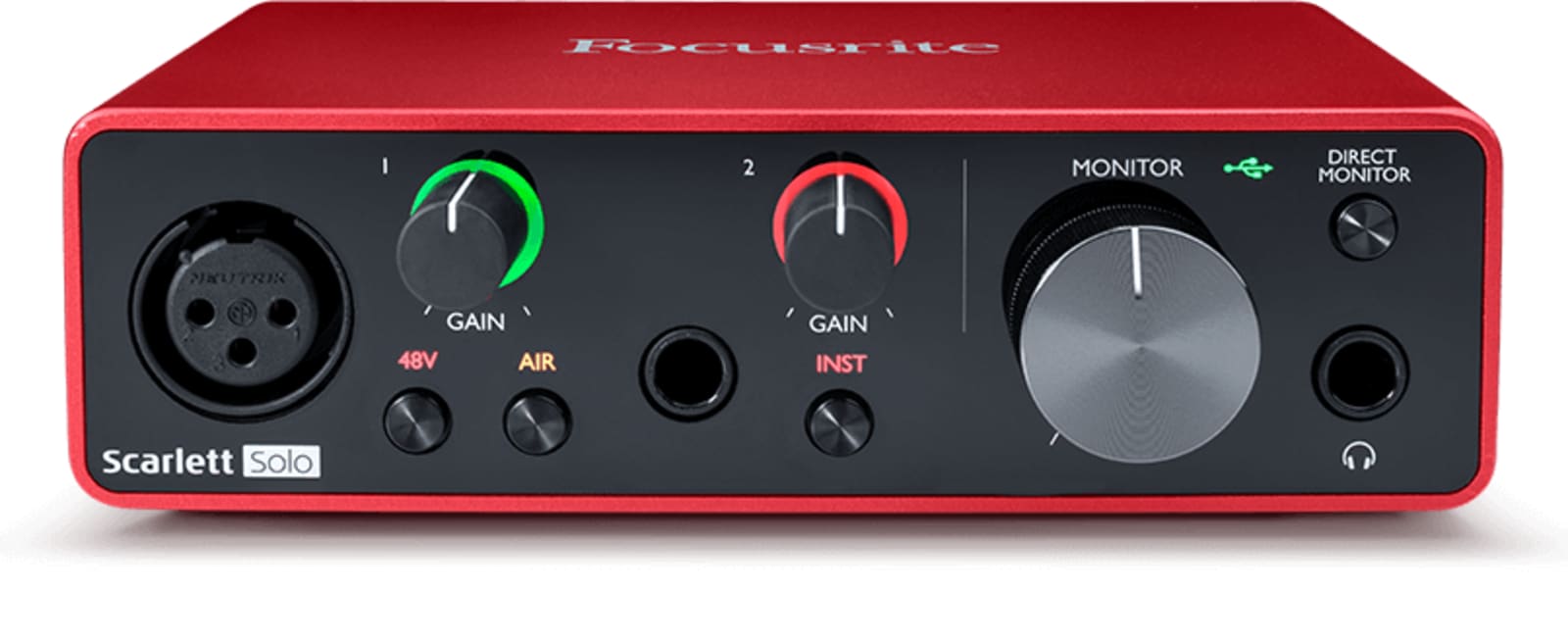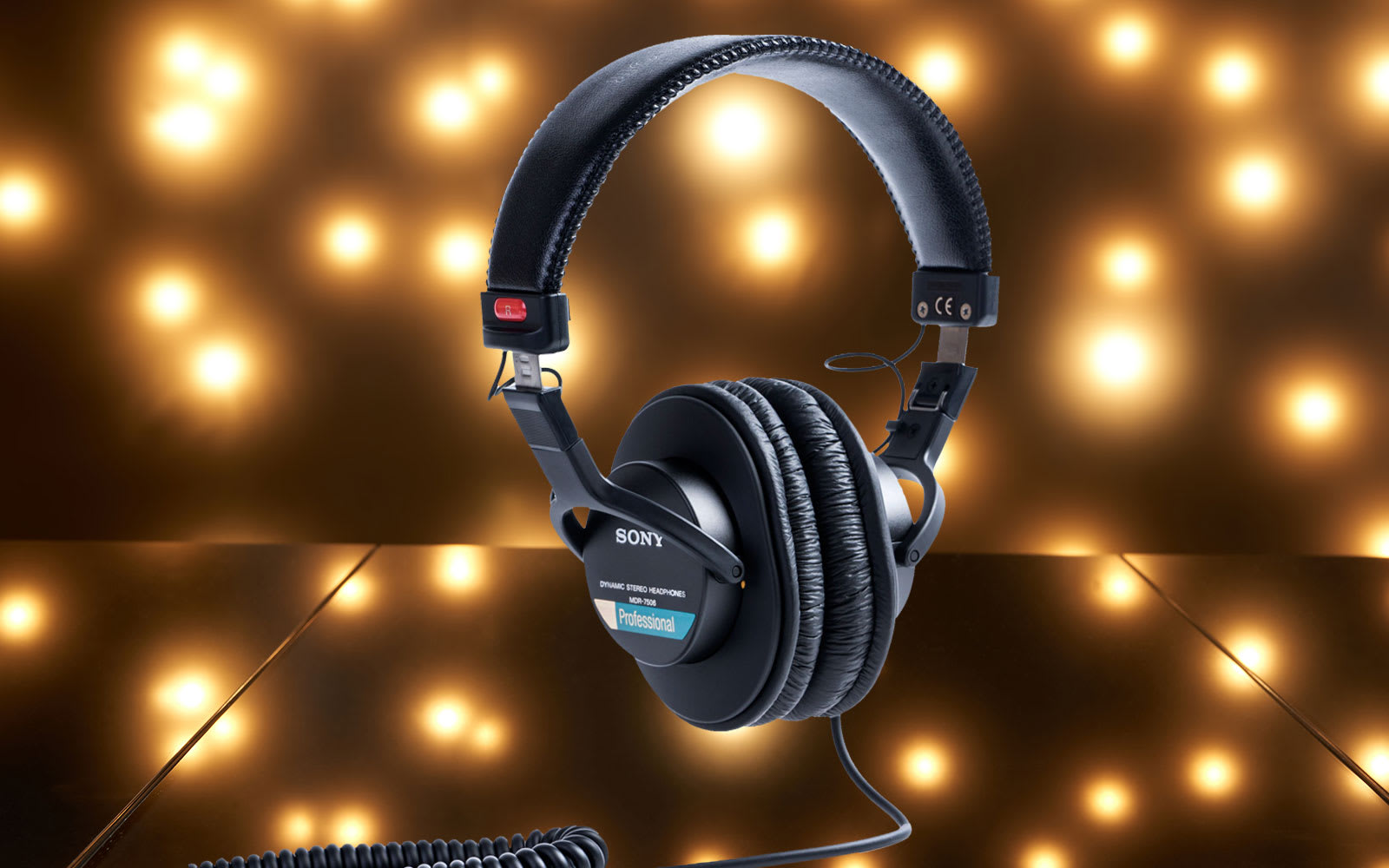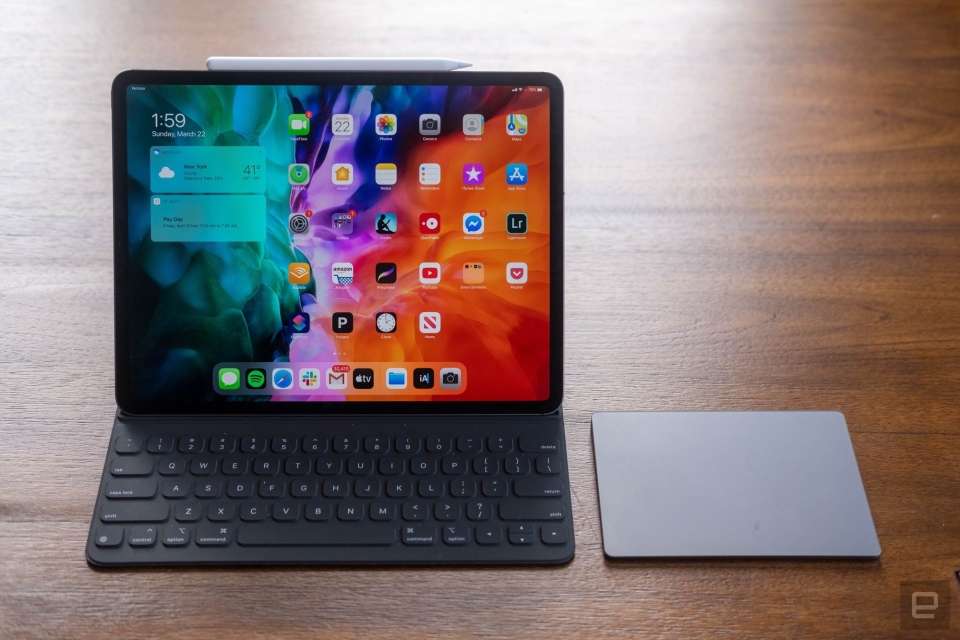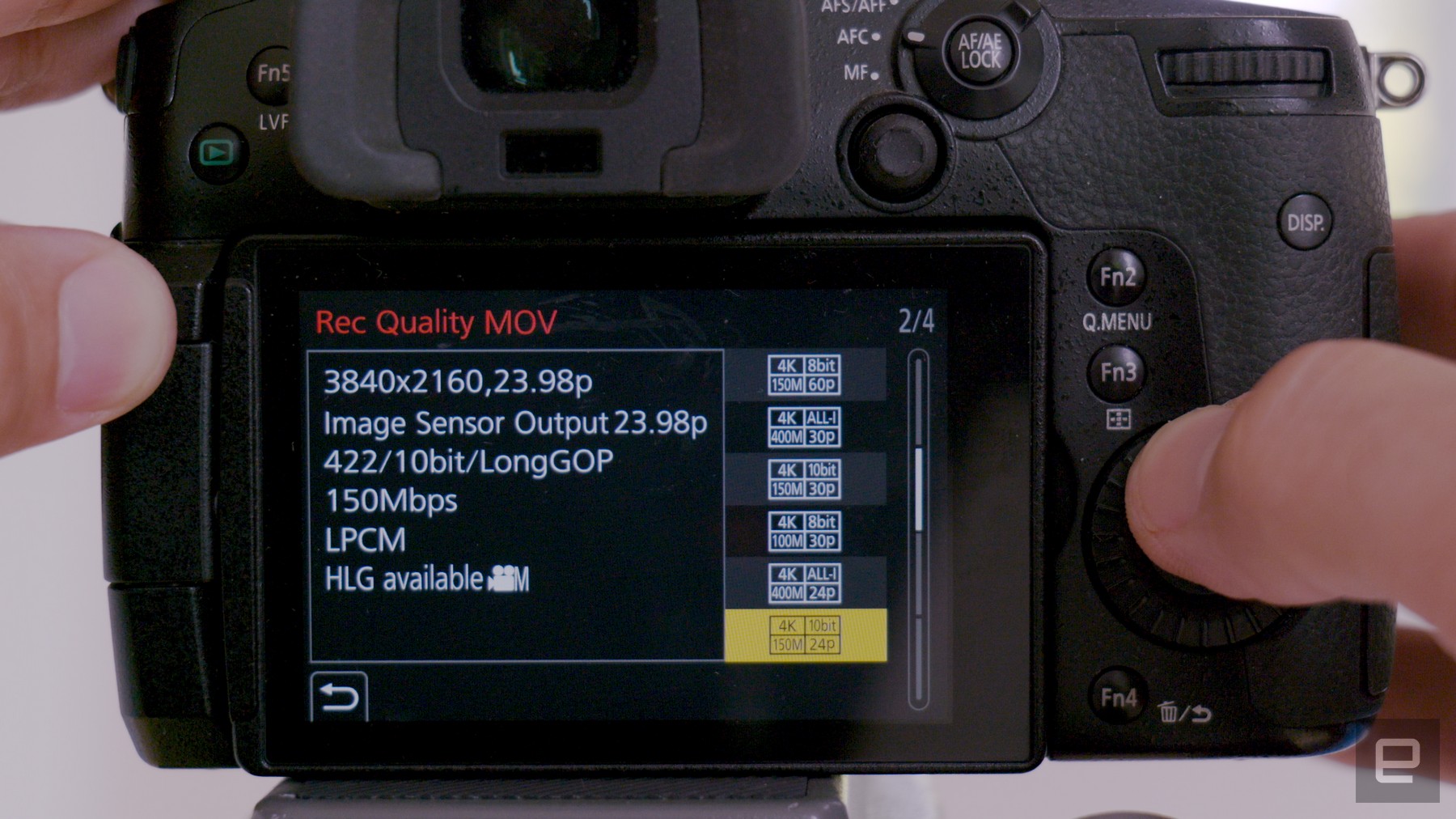So how do you categorize a beast like gaming on the PC? With decades of titles to pluck from (and the first port of call for most indie titles, too), there's so much to choose from. Playing on your PC or gaming laptop adds the benefits of (nearly always flawless) backward compatibility and console-beating graphical performance — if you've got the coin for it. The whole idea of what a gaming PC is and where you can play it is shifting, too, with the rise of handheld “consolized” PCs like the Steam Deck. We've tried to be broad with our recommendations here on purpose – there are so many great new titles out there for PC gamers to play, consider these some starting points.
Best PC games to play right now
Rollerdrome
Rollerdrome is lush. It’s incredibly stylish, taking cues from 1970s Hollywood sci-fi but with an attractive cel-shaded filter over every scene. Even better than its stunning visuals, Rollerdrome has smooth, precise mechanics that allow players to fall into a flow in every level. The game is all about gliding through the environments on rollerblades, picking up speed and doing tricks while dodging and shooting enemies, managing weapons and controlling time – and it all comes together in a thrilling dystopian bloodsport.
It’s a joy to dodge, dodge, dodge and then leap into the air, slow down time and take out the people shooting at you, refilling ammo and collecting health in the process. Meanwhile, an unsettling story of corporate greed unfolds naturally beneath the rollerblading bloodshed, keeping the stakes high. Rollerdrome was a sleeper hit of 2022, so if you’ve been napping on this one, now’s the time to wake up and play.
Stray
Stray a perfectly contained adventure game that has you embodying a cat in a post-apocalyptic world humans have left behind. It has plenty of fresh ideas, each one pared down to its purest form. Plenty of actions in Stray exist simply because they make sense for a cat protagonist (and probably because they’re cute as hell). There’s a discrete button to meow, and the robots the cat shares its world with react with shock and frustration when you cut across their board game, throwing pieces to the floor. It’s possible to curl up and sleep basically any time, anywhere – even directly on top of a robot stranger. When the cat gets pets and cuddles from the robots, it purrs and the DualSense’s haptics fire up in response. The environmental puzzles take advantage of this cat-level perspective, inviting players to look at the world with different, light-reflective eyes.
As well as puzzle-solving, ledge-leaping and blob-dodging, Stray introduces a world of lighthearted dystopia, where robots don’t hate the humans that came before them. Instead, they attempt to cultivate plants that can survive in the dark, just because people would have liked that. Compared with most dystopian cyberpunk games, Stray is downright joyful.
Overwatch 2
Even though Activision Blizzard has improved the onramp for new players this time around, Overwatch 2 still has a steep learning curve. Stick with it, though, and you’ll get to indulge in perhaps the best team shooter around. Overwatch 2 has a deceptively simple goal — stand on or near an objective and keep the other team away long enough to win. It’s much more complex in practice. To the untrained eye, matches may seem like colorful chaos, but Overwatch 2 has a deceptively simple goal — stand on or near an objective and keep the other team away long enough to win.
It’s much more complex in practice. Blizzard reduced the number of players on each team from six to five. That, along with across-the-board new character tweaks, has made gameplay faster-paced and more enjoyable compared with the original Overwatch. There's a greater emphasis on individual impact, but you'll still need to work well with your teammates to secure a victory.
Now featuring a cast of more than 30 heroes, each with distinct abilities and playstyles, you’ll surely find a few Overwatch 2 characters that you can connect with. The first batch of new heroes are all a blast to play. There are many great (though often fairly expensive) new skins to kit them out with too. The game looks and sounds terrific too, thanks to Blizzard’s trademark level of polish. At least until you figure out how to play Overwatch 2, you can marvel at how good it looks.
Elden Ring
Did you think this list would not include Elden Ring? The strengths of FromSoftware’s latest action-RPG are many, but what’s most impressive about the game is how hand-crafted it feels despite its scale. Elden Ring is big, but it never feels like it’s wasting your time. Far from it; FromSoftware has created a rich open world, with something surprising, delightful or utterly terrifying around every corner. I’ll never forget the moment I found a chest that teleported my character to a cave full of Eldritch monsters. Elden Ring is full of those kinds of discoveries.
And if you’re worried about hitting a brick wall with Elden Ring’s difficulty, don’t be. Sure, it can be tough as nails, but it’s also From’s most accessible game to date as well. If you find combat overly punishing, go for a mage build and blast your enemies from afar. And if all else fails, one of the rewards for exploring Elden Ring’s world is experience that you can use to make your character stronger.
Apex Legends
You can find everything compelling about the battle royale genre in a round of Apex Legends. Every move you and your 59 fellow combatants make depends on your collective actions just beforehand. You’re always reacting to one another, whether you see it or not. Each game becomes an intricate web of choices, all stemming back to that initial, seemingly harmless drop onto the map. As with other battles royale, Apex demands you think ahead, assess risks and actually pay attention to your surroundings rather than charge into combat recklessly. And it’s still a thrill when the end is near.
Where Apex stands out compared to rivals like Fortnite, PUBG and Warzone – which are still good times in their own ways – is its character and game feel. Its roster of playable characters is Overwatch-like in its diversity of abilities and styles of movement. Likewise, each gun and attachment has a different impact on how you play. All of it remains exceptionally smooth to control, as expected from the team behind the Titanfall series.
Fortnite may still be the most accessible battle royale shooter, but Apex will feel right at home to anyone familiar with FPS games, and its ping system still makes it possible to work with your teammates without saying a word. It’s still receiving regular updates four years into its life, and it remains a free-to-play game that doesn’t require a dime for you to be competitive.
Beat Saber
Beat Saber is a euphoric gaming sensation that makes the most of virtual reality. You'll swing your unofficial lightsabers at incoming boxes, slicing and slamming them to the beat of the soundtrack. Similar to iconic rhythm-rail-shooter, Rez, which has its own VR iteration, Beat Saber often makes you feel like you're creating the music as you hit your cues. We might have had initial reservations on the soundtrack at launch but new tracks and customizations continue to add to the challenge. There's even a level creator for PC players, making this the definitive version.
Control
Take the weird Twin Peaks narrative of Alan Wake, smash it together with Quantum Break's frenetic powers and gunplay, and you've got Control. Playing as a woman searching for her missing brother, you quickly learn there's a thin line between reality and the fantastical. It's catnip for anyone who grew up loving The X-Files and the supernatural. It's also a prime example of a studio working at their creative heights, both refining and evolving the open-world formula that's dominated games for the past decade.
Disco Elysium Final Cut
Disco Elysium is a special game. The first release from Estonian studio ZA/UM, it's a sprawling science-fiction RPG that takes more inspiration from D&D and Baldur's Gate than modern combat-focused games. In fact, there is no combat to speak of, instead, you'll be creating your character, choosing what their strengths and weaknesses are, and then passing D&D-style skill checks to make your way through the story. You'll, of course, be leveling up your abilities and boosting stats with items, but really the game's systems fall away in place of a truly engaging story, featuring some of the finest writing to ever grace a video game.
With the Final Cut, released 18 months after the original, this extremely dialogue-heavy game now has full voice acting, which brings the unique world more to life than ever before. After debuting on PC, PS5 and Stadia, Final Cut is now available for all extant home consoles – including Nintendo’s Switch.
Single-player or multiplayer: Single-player
Free to play: Yes, as a free upgrade if you already own Disco Elysium
Halo Infinite
Master Chief's latest adventure may not make much sense narratively, but it sure is fun to play. After the middle efforts from 343 Industries over the last decade, Halo Infinite manages to breathe new life into Microsoft's flagship franchise, while also staying true to elements fans love. The main campaign is more open than ever, while also giving you a new freedom of movement with the trusty grappling hook. And the multiplayer mode is wonderfully addictive (though 343 still needs to speed up experience progression), with a bevy of maps and game modes to keep things from getting too stale. The only thing keeping it from greatness is its baffling and disjointed story.
FTL: Faster Than Light
Who hasn't wanted to captain their own spaceship? Well, after a few hours of FTL: Faster Than Light, you might be rethinking your life goals. FTL is a roguelike, which means every game starts from the same spot. All you have to do is travel through a number of star systems, recruiting crew members and collecting scrap as you make your way towards a final showdown against a stupidly overpowered ship. Gameplay is roughly divided between a map view, where you can take as much time as you like to chart the most efficient route to your goal, and combat events which play out in real-time (although you can and will be using a pause button to slow things down).
Where the real fun comes in is in the narrative, which plays out in two ways. There's the structured side, where every so often you'll be asked to make decisions that may improve or hinder your chances of survival. And then there's the natural story you create for yourselves, as you're forced to decide, for example, whether it's worth sacrificing a crew member for the greater good.
Hades
Hades was the first early access title to ever make our best PC game list. It's an action-RPG developed by the team behind Bastion, Transistor and Pyre. You play Zagreus, son of Hades, who's having a little spat with his dad, and wants to escape from the underworld. To do so, Zagreus has to fight his way through the various levels of the underworld and up to the surface. Along the way, you’ll pick up “boons” from a wide range of ancient deities like Zeus, Ares and Aphrodite, which stack additional effects on your various attacks. Each level is divided into rooms full of demons, items and the occasional miniboss.
As Hades is a “roguelike” game, you start at the same place every time. With that said the items you collect can be used to access and upgrade new weapons and abilities that stick between sessions. Hades is on this list not for any reason other than it’s super accessible and very, very fun. You can jump in for 30 minutes and have a blast, or find yourself playing for hours.
Half-Life: Alyx
Half-Life: Alyx feels like a miracle. After 13 years away from the franchise, Valve delivered a genuinely thrilling prequel to Half-Life 2 while also charting new territory for VR gameplay. The gravity gloves, its key new feature, is the closest I’ve ever felt to having telekinetic powers. It gives you multiple movement options so you don’t get sick trotting around the expansive environments. Oh yeah, and it’s also absolutely terrifying, banking on the claustrophobic nature of VR. There’s no looking away when a facehugger leaps at you from the dark, or when a horrifically deformed zombie gets in your face. It might sound a bit hyperbolic, but Alyx might end up being one of the most important titles of this generation. Building a big-budget game for a niche VR market doesn’t make much sense for most companies, but for Valve, it’s Tuesday.
Nier Automata
Nier Automata takes the razor-sharp combat of a Platinum Games title and puts it in a world crafted by everyone's favorite weirdo, Yoko Taro. Don't worry, you can mostly just run, gun and slash your way through the game, but as you finish, and finish and finish this one, you'll find yourself pulled into a truly special narrative, that's never been done before and will probably never be done again. It's fair to say that the new PC release, as is unfortunately often the case, wasn't exactly the best and is still remarkably lacking in options, but it's at least stable now, and trust us when we say this one is unmissable.
Microsoft Flight Simulator
Microsoft Flight Simulator came out at the perfect time, when the world was on lockdown and airline travel was an impossibility for most people. Not only does Flight Sim let players pilot a vast array of aircrafts, but it presents the world on a platter in stunning, ridiculous detail. It’s an escape, it’s educational and it’s entertaining – is that what they mean by E3? – and there’s really nothing else on its level when it comes to realistic physics simulations. Pandemic or no, Microsoft Flight Simulator is an incredible achievement with a long tail both inside and outside of the video game industry.
Resident Evil 7: Biohazard
Many were ready to write off the Resident Evil series after the disaster that was Resident Evil 6. What started as the horror game on the original PlayStation had become a bloated mess of an action game. Instead of throwing the whole franchise in the trash and forgetting about it, Capcom took a hard look at what wasn't working, which — surprise! — was basically everything, and thoroughly rebooted the formula. Borrowing from Kojima's PT and, in some ways, Creative Assembly's Alien: Isolation, Resident Evil 7: Biohazard is horror through powerlessness. For the majority of the game, you're basically unable to do anything but run from or delay your foes. And that's what makes it so good.
Return of the Obra Dinn
This is an unforgettable ghost-story-slash-murder-mystery with a distinctive old-school graphical style. It's unlike any game we've played in a while, with a low-key musical score and a style of puzzle solving that's like one satisfying, grisly riddle. In Return of the Obra Dinn, you're put aboard a ship, alone. There is, however, a corpse near the captain's cabin. As you track the deceased's final footsteps, leading to yet more grisly ends, you need to figure out what happened. Who killed who? And who is still alive? Special mention to the sound effect that kicks in every time you solve the fates of three of the crew. Goosebumps.
The Witcher 3
It might be the best open-world RPG out there. Despite now being several years old, The Witcher 3: Wild Hunt is a dense action game that acknowledges the maturity of the player with multiple — occasionally harrowing — storylines, choices that have consequences and almost too much game to wrestle with. It's not perfect; the combat system is rough, frustrating death comes in the form of falling from just a few feet and there's a lot of quest filler alongside many incredibly well thought out distractions. The scope and ambition on display will have you hooked, and once you're done, there are some excellent expansions to check out.
Forza Horizon 5
Forza Horizon 5 deftly walks a fine line by being an extremely deep and complex racing game that almost anyone can just pick up and play. The game has hundreds of cars that you can tweak endlessly to fit your driving style, and dozens of courses spread all over a gorgeous fictional corner of Mexico. If you crank up the difficulty, one mistake will sink your entire race, and the competition online can be just as fierce.
But if you’re new to racing games, Forza Horizon 5 does an excellent job at getting you up and running. The introduction to the game quickly gives you a taste at the four main race types you’ll come across (street racing, cross-country, etc.), and features like the rewind button mean that you can quickly erase mistakes if you try and take a turn too fast without having to restart your run. Quite simply, Forza Horizon 5 is a beautiful and fun game that works for just about any skill level. It’s easy to pick up and play a few races and move on with your day, or you can sink hours into it trying to become the best driver you can possibly be.
Final Fantasy XIV
Final Fantasy XIV is an ideal MMO for people who don’t play MMOs. Yes, there’s a hotbar and raids and gear to loot, and yes, it requires an enormous time investment to get the most out of it. But at its core, this is a story-driven RPG like any other Final Fantasy. Most of it is built to be played solo; you can even tackle dungeons with AI party members instead of other people. The narrative grows in scope and nuance as you work through its four major expansions, but the base game has its virtues, too. It’s an epic about work, about putting in labor and compassion to rebuild a world that will always be a little broken, one quest at a time. The latest expansion, Endwalker, concludes the core, eight-year-long storyline in rousing fashion.
Being able to quickly swap between classes on one character lets you shake up the admittedly straightforward combat, and you can pick up side “jobs” that are more explicitly about existing in the land instead of saving it. If you want to craft meals as a Culinarian or harvest resources as a Botanist, go for it. If you want to hunt for treasure maps, play at the casino, battle in PvP arenas, listen to Bards play actual music or just be one of those buff green dudes who stands around Limsa Lominsa wearing nothing but bunny ears, you can. Like the best MMOs, Final Fantasy XIV feels like another world, one you’ll probably never grasp in its entirety. And if you do want to play with others, it’s all brought to life by a genuinely welcoming community. Just note that you’ll need to pay a monthly subscription fee, though you can access the base game and first expansion for no added cost.
Euro Truck Simulator 2
Euro Truck Simulator 2 tasks you with driving a bunch of big trucks across Europe, delivering cargo and building out your own trucking business. As the name implies, it’s a sim, so the trucks handle realistically and you’re expected to follow the rules of the road, refuel your car and complete your deliveries on time, with minimal damage. This is a condensed version of Europe, but each trip takes time, and usually, little else of note happens along the way.
That slowness is the point. Euro Truck Simulator 2’s pleasures are similar to those of actual driving: cruising down an open road, listening to real streaming radio stations, glancing at the sights as you pass by. It’s a deeply relaxing game as a result. All you have is the road, a destination and a hulking rig to keep on track. You’ll get there when you get there. The management bits of Euro Truck Simulator 2 aren’t as interesting as the driving, but there are loads of mods and DLC to shake up the experience. If you’d prefer trucking through the US, American Truck Simulator is a similar title from the same studio.
This article originally appeared on Engadget at https://www.engadget.com/the-best-pc-games-150000910.html?src=rss
